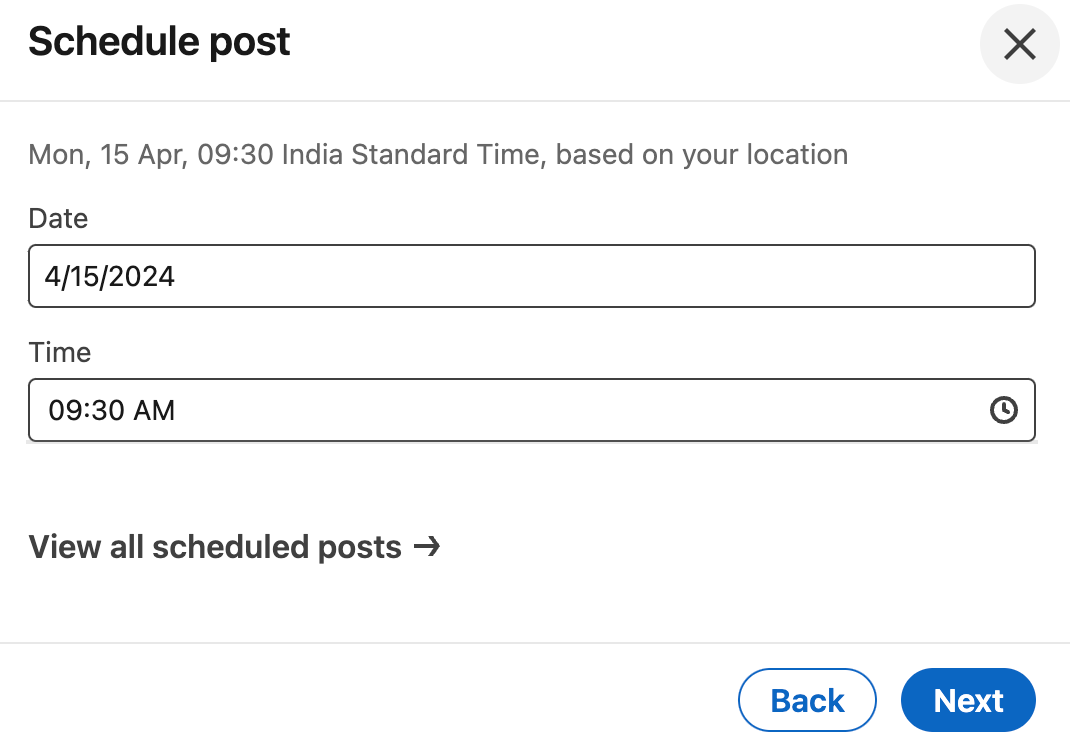Three times brands missed the mark on Social Media
Lessons learnt from brand blunders
Swimming across social media can be like trying to surf for the first time. Exhilarating, but also very very tricky! Here are five belly-flop moments when brands missed the mark, and drove up engagement in all the wrong ways. A single oops tweet or post can quickly spiral out of control and damage your brand reputation beyond repair.
Take a note from these 5 examples when brands hit the social media oops button.
Clickbait, the double-edged sword
Three years ago, on International Women’s Day Burger King attempted to highlight a serious issue on gender disparity in the restaurant industry with a very click-baity provocative tweet and it backfired and left a bad taste in everyone’s mouths. By splitting their communication into three tweets, and staggering them, they displayed a fundamental misunderstanding in Twitter etiquette. They might have at least mentioned ‘a thread’ or ‘(1/3)' in the first tweet, as is a common Twitter thread practice. The lack of understanding of the medium resulted in serious backlash and a cautionary tale for social media managers even today. That sometimes using all of Twitter’s 280 characters in your first tweet makes better sense than creating intrigue.
Choosing the wrong influencer can sink your brand
Influencers have almost become mandatory to be included in your social media content strategy over the last 5 years. However, you cannot just blindly choose an influencer based on popularity. Pick an influencer whose sensibilities align with your brand values. Take the example of Katie Price and Snickers. One fine day, she surprised everyone with a tweet about economic and political issues, which wasn’t in line with what the model usually talks about on Twitter.
When it was revealed that it was part of the Snickers ' "You're not you when you are hungry" campaign, it received backlash. People complained about misleading advertising and the sudden out-of-character posts on serious issues was not considered funny by the larger public.
So always encourage your influencer to be transparent about the sponsorship.
Bots are people too. NOT.
Bot-run campaigns offer peak efficiency as it helps us save a ton of time and helps streamline manpower. However, the parameters are pre-set and they can’t exactly read context. This often leads to unintended blunders, which sometimes prove to be really costly. While they are powerful tools, it’s crucial to supplement them with human oversight to avoid damaging brand reputation. When Puma encouraged its followers to tweet #forevertaster in exchange for their handles being printed on personalised cards signed by Puma brand ambassadors, they did not think about all the inappropriate or senseless messages that people could write. Puma’s automated system couldn’t obviously filter these messages and ended up tweeting a bunch of amusing messages including one saying ‘Cocaine, couldn’t do it without you’ featuring German soccer player Marco Reus whose autograph accompanied the message.
Set-it-and-forget OR forget-and-regret
Like bots, scheduling posts can save you time and money. But there are a few hygiene practices you still need to do. Say you are taking off for Christmas break and you have scheduled 10 days of merry content. What if there are people engaging with your content, but no one from the brand side is responding? But that’s easily forgiven, and not really a blunder that’s damaging to the brand. The real danger in scheduling posts is when it may appear insensitive, especially in light of current events. A cheeky light-hearted post about beachwear on a day when a natural disaster struck a coastal area nearby. Or promoting water-front properties while the state is dealing with its worst floods. An IT company forgetting to deactivate its automated response to customer inquiries during a serious service outage, can cause frustration among users seeking urgent assistance.
One last example, only because this happens so often and it’s just not funny, involves fashion or lifestyle brands that continue to run content featuring celebrities or influencers on the same day the celebrity faces serious allegations of misconduct.
In the social-media influenced world, a single misstep can trigger a wave of negative feedback. By learning from these blunders and prioritising authenticity and sensitivity, brands can better navigate the unpredictable nature of social media. And maintain a healthy and positive image for all their followers.
More:
